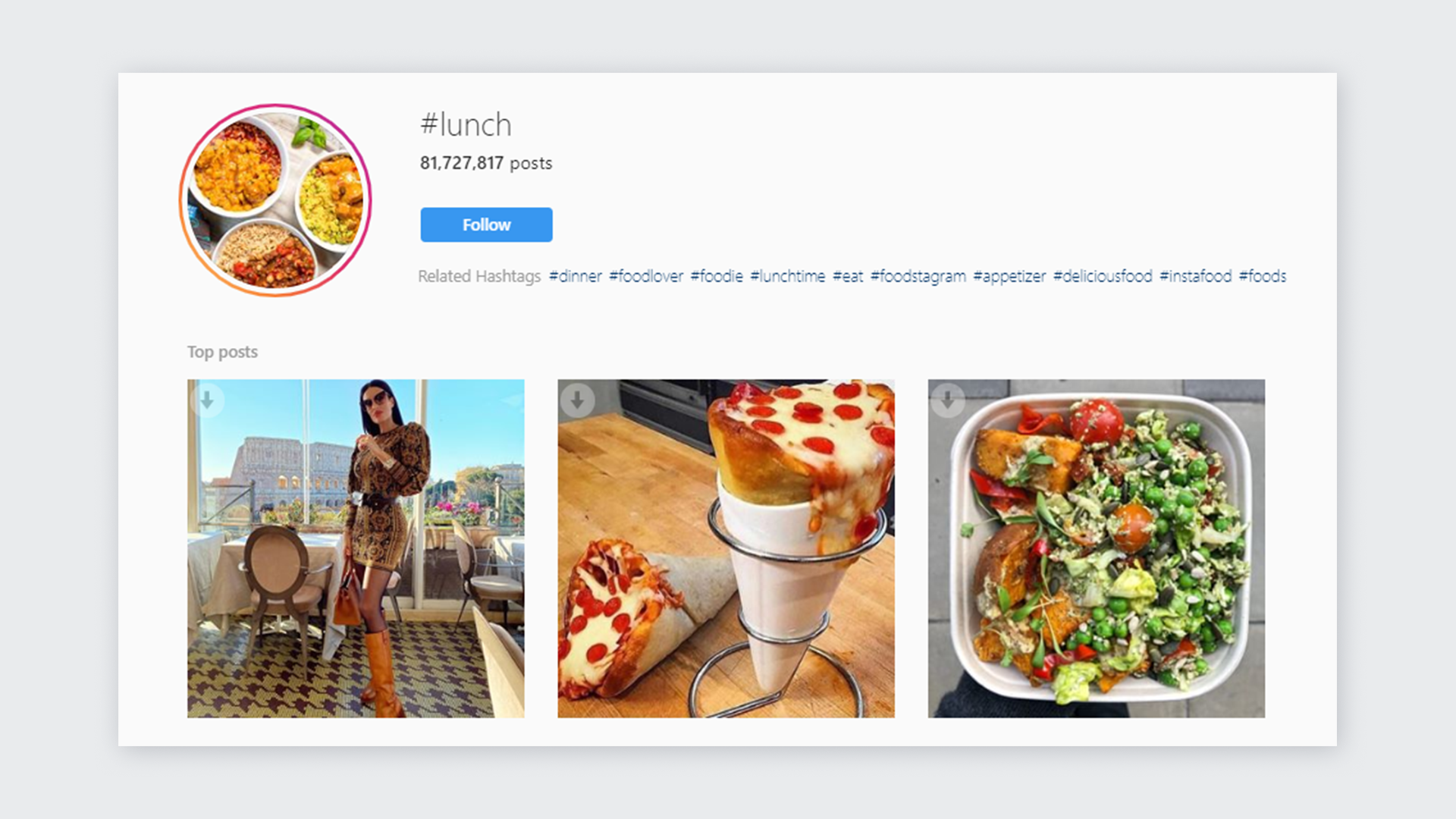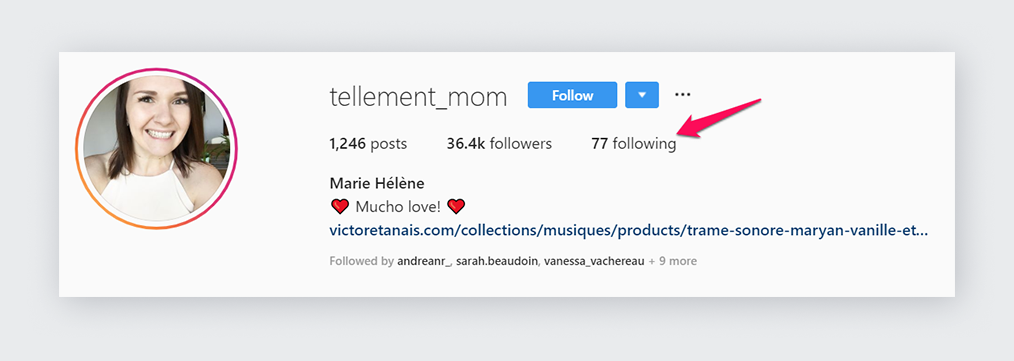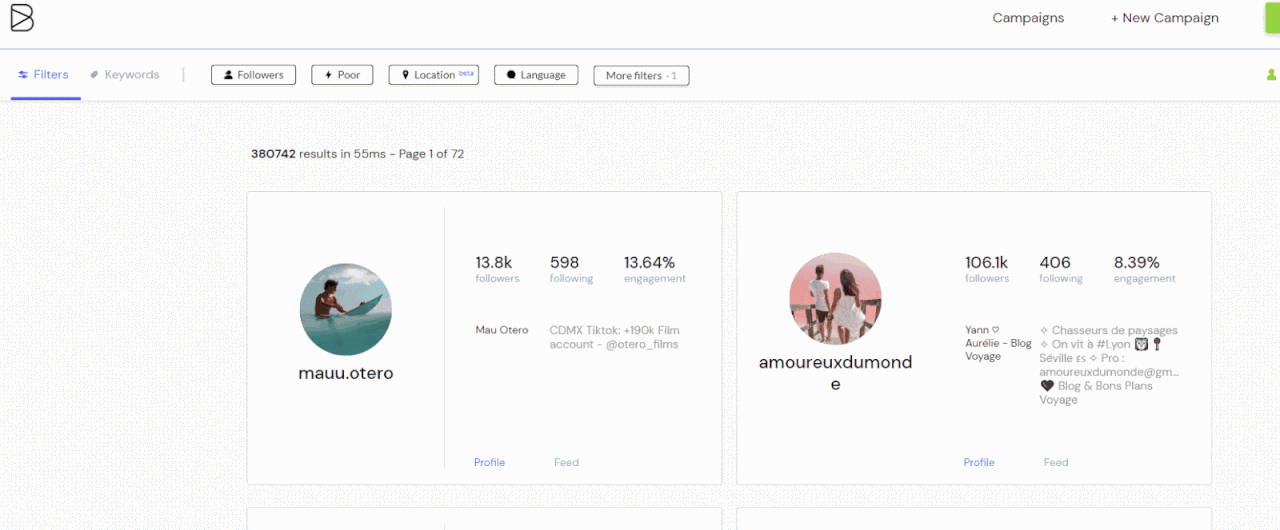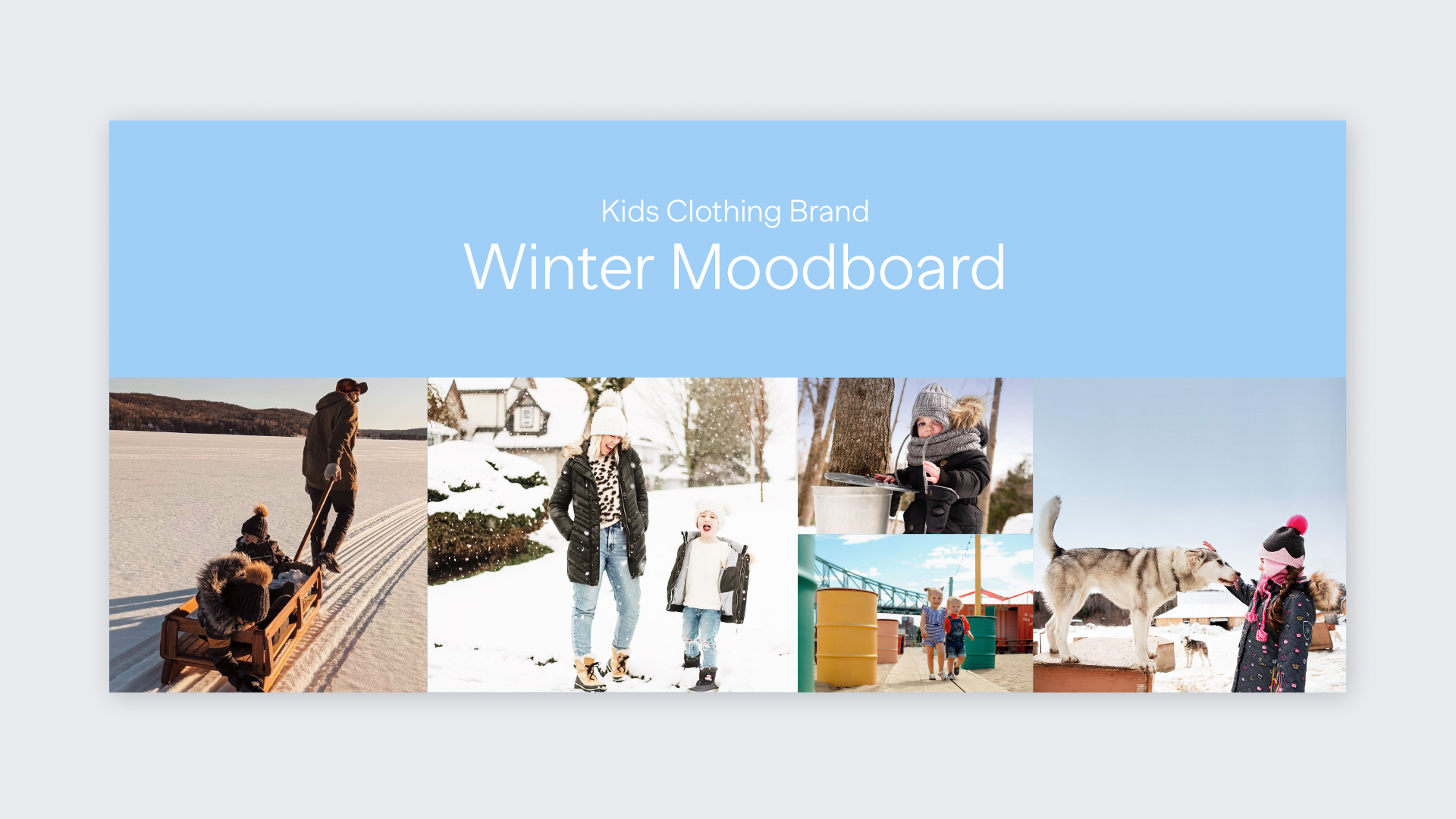We’ve adjusted our tools - Learn more
- Learn
-
Articles
Read about influencer marketing
-
Growthnotes - Newsletter
Insights for the modern marketer
In this guide, I will go through the process of discovering, pitching, and managing micro-influencers at scale.
We have worked with 25 000+ micro-influencers across Instagram and Youtube throughout the life of our agency, and this is how we do things.
Our process is simple:

From my experience, working with micro-influencers is scalable and a powerful marketing channel. With the right systems in place, you can make it easy for your team to manage 100s of influencers at any given time.
This article covers Instagram specifically, but you can apply the same systems thinking to any channel (looking at you, Tik Tok).
Let’s get into it.
Discovering Influencers:
Pitching and Negotiating Influencers:
Onboarding Influencers:
Optimizing the Process:
Final Thoughts:
There are multiple ways to discover influencers. For the sake of this article, I will show you how we do our research using inBeat (full disclosure: I am a co-founder, and we use this tool internally within our agency). There is a free plan, which you can use to toy around with influencer marketing. If you’re looking to do this seriously, you would benefit from a paid version.
You could also hire a virtual assistant (VA) to find influencers manually, since the hirring cost of virtual assistant is quite low compared to a full time employee, or you could use another tool.
Here is the best way to find influencers on instagram:
I recommend you use Display Purposes to simplify your research



Add all the influencers you find to a Google Sheets or an Excel file. Make sure to include relevant information such as handle, email and follower count.

I cover more methods here if you’re interested.
Typically, you want to create a workflow describing this task and outsource it to a VA.
inBeat allows you to filter influencers by keyword and engagement. Here is what it looks like:

Within the agency, we like working with influencers through email. It makes managing the relationship more straightforward, which is why we filter for accounts with an email address. Using different specialized CRMs for marketing agencies can further improve workflow by tracking influencer communications, campaign progress, and performance metrics in one place.

Once you have selected your filters, find influencers relevant, and add them to your campaign. When you finish, export your list.

We will be adding this list to our CRM tool in the next step.
You now have a list of influencers to contact. You will import these influencers into your favorite CRM. Most CRM software will allow you to integrate your key business systems like your landline phone service, email tools and any other operational software. We use Mailshake internally, but any tool you like to do mass outreach will do. You can also use email sequence software for pitching because it allows you to personalize your emails and automate follow-ups.
Mailshake is a paid tool, which allows you to send cold emails at scale.
If you’re just playing around with influencer marketing, you should manually send emails. There aren’t any free options from what I know.
Let’s go through a brief walkthrough of how to use Mailshake.
1 - Create a campaign and import your list using a CSV importer

2 - Create your pitches and follow-ups

Import their handle as a custom field; it allows you to personalize your subject line, which drives open rates up.
3 - Schedule your outreach
Let it run! Check regularly your open rates and response rates to make sure everything is running smoothly.
Influencers are replying to you. One is asking for $2 000; the other is seeking $50.
This is a typical question. The answer is just as typical: it depends.
Rates will vary depending on the type of influencer and the size of their audience. You will use your first batch of influencers to set a benchmark.
Once you have insights from your first round of outreach, the answer will come.
Negotiate as much as you can and set your base price where you feel the resistance.
If you are using Mailshake, use the Lead Catcher feature to make negotiating easy.

Influencer onboarding looks something like this:
Let’s walk through each step.
You have settled on a price. Mark the lead as won in your CRM, and move on to onboarding the influencer. If you need a second approval (another department, for example), make sure to let your ambassador know. The feeling of being told “You’re in,” just to be denied a couple of days later, is bad for your brand.

An introduction email is sent with an onboarding form to capture all the relevant information from your influencer: Address, Name, Email, Phone Number, Etc.
When asking for the address, I advise you retrieve the information in the right format A.K.A how it feeds into your e-commerce platform.

You might want to trigger automatic order, which makes it crucial for you to have the proper format.
You will want to port your form responses to Google Sheets. All decent form builders have a smooth integration to help you do this. If they don’t, look into Zapier. If they don’t integrate with Zapier as well, change tool. We use Typerforms most of the time.
We always plan for a quality checkup, before sending the product. This checkpoint allows our clients to refuse influencers that don’t match their guidelines, while allowing us to verify their contact details.
We set this up in Google Sheets with a Zapier trigger.

The influencer receives and signs the agreement, and Zapier sends a PO to our e-commerce platform. The automatic creation of a PO or a coupon is optional and will depend on your e-commerce platform limitations.
The product is shipped to the influencer. Nothing out of the ordinary here; the process just falls into your regular e-commerce operations.
An email is sent to confirm that the product has been shipped. The email also includes a mood board and guidelines relevant to product sharing.

You also want to share a promo code the influencer can share with their audience, allowing you to track sales.
The influencer informs you that the content was published on Instagram.
At this stage, you can require a review of the content before it goes live. This is up to you and becomes relevant if you have strict FDA or FTC guidelines surrounding your product.
Add a post URL to your Sheets and track the final results (sales, likes, comments).
We use an in-house tool to do this, but you can use a virtual assistant as well (we are adding a tracker to the inbeat platform, you can message me at [email protected] if you want beta access).
Some people pay influencers earlier in the process, but we choose to pay them at the end. This has been working well for our agency, but you might consider that paying upfront is a better option.
Paypal is our favorite tool to get this job done.
Asking your influencers for feedback is a great way to generate new ideas for your brand. These gals and guys are a creative bunch, and receiving their critics will help you build a stronger brand. To create customer feedback forms, you can make use of the WordPress Survey plugin.
Send out an email with specific questions such as:
You want to make your process better. This means finding better ways to do things. Think of your email templates, influencer targeting, incentive structure, etc.
By keeping at it, you will build a robust process that will help you scale influencer marketing, without much effort.
Keep on rocking influencer marketing, try different channels, and optimize your process all the time. It’s a powerful marketing channel, and it synergizes well with all of your other channels.
There are enterprise tools out there that allow you to manage a campaign from A to Z within the software. I don’t advocate for such tools. I believe that building apps through integrations is a powerful way to adapt a business process to your unique needs.
Enterprise tooling is sold at a much higher price point ($2000+ / month), locks you in, and will rarely fit your specific use case.
Google Sheets, Typeform, Mailshake, Zapier, and inBeat will cost you $150 to $200 a month and allow you to get 100s of influencers.
Each of these apps is built with a single purpose in mind, such as cold emailing, finding influencers, sending forms, or CRM to unite all the data. No enterprise tool can be best on all of these features, which makes for a clunky and rigid experience. Trying to do everything is a road to disaster.
In my sense, bringing a bunch of self-serve SAAS tools together is always a better solution. Businesses just don’t don’t believe they can execute properly on these “complex problems”. It’s not hard to plug Google Sheets with Zapier and Mailshake and then use inBeat to find your influencers.
That’s it for my rant.
Let me know how you’re using influencer marketing in the comments, and thanks for reading through.